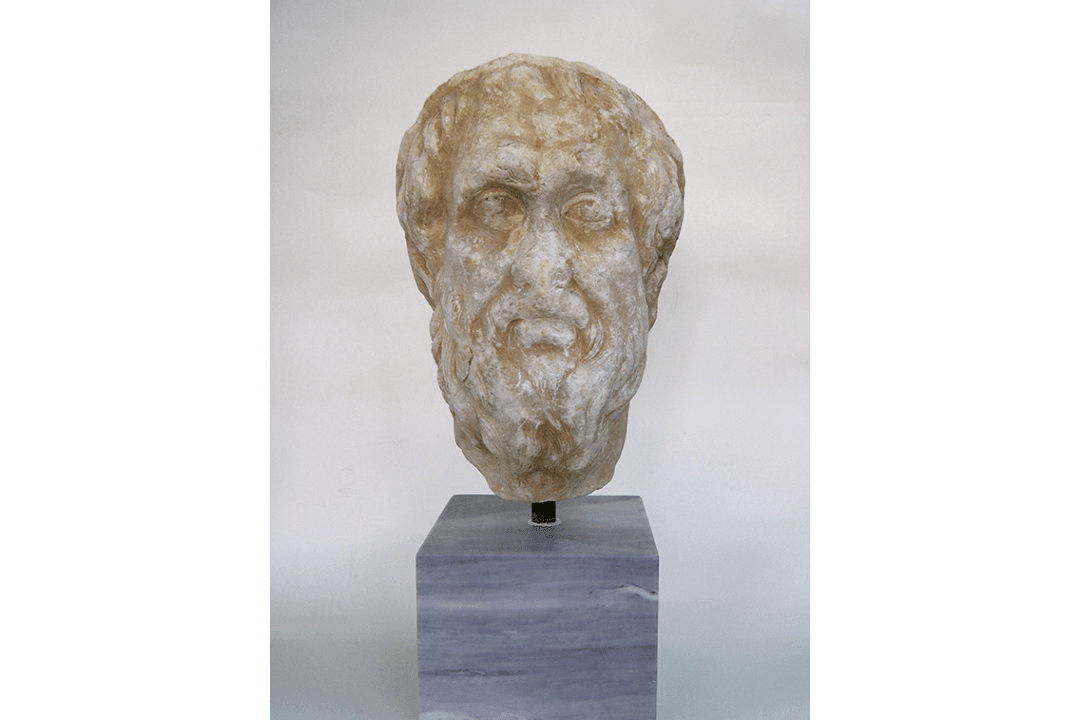A new exhibition at the Canadian Museum of History invites visitors to journey through 5,000 years of Greek history and culture. “The Greeks – Agamemnon to Alexander the Great“ spans multiple eras, from 6000 B.C. when communities began forming on the Greek mainland and on islands in the Aegean Sea, all the way to the rule of Alexander the Great, which began in 356 B.C.
Stunning artifacts are on display, such as a collection of bronze and gold helmets of noble warriors and a trove of gold jewellery and other adornments buried with the remains of a high priestess.
Over 500 treasures drawn from the collections of 21 Greek museums make up the exhibition, which is enhanced by multiple videos, audio recordings, and touchable objects as well as a dramatic overall design.





